 ARES Defense’s new rifle is ingenious. At the same time, it’s hard to miss what the cleverness of the Sports Configurable Rifle aims to defeat.
ARES Defense’s new rifle is ingenious. At the same time, it’s hard to miss what the cleverness of the Sports Configurable Rifle aims to defeat.
In short, the Florida manufacturer expanded its product line in response to potential and actualized gun-control legislation. In fact, it has been reported ARES came up with the design when it was rumored the 1994 Assault Weapons Ban would be reestablished in 2013.
Inspiration such as that is tough to gut for those who cherish civil rights. But at the same time, one cannot help but be heartened with what ARES has accomplished.
The SCR is legal in all 50 states, giving those subjected to recently passed state-level legislation the ability to buy and own an AR-style rifle. Well, almost an AR-style rifle.
Unlike many of the conversion kits meant to strip the accessories that run afoul of the law – pistol grips, bayonet lugs, etc. – the SCR is a redesign of the AR platform.
Most obviously, the semi-automatic rifle has the lines of more traditional long guns. It features the choice of sporter, sporter short and Monte Carlo stocks and is outfitted with a cross-bolt safety. But it’s not the exterior that is the radical departure. The guts of the gun is where the leap away from the AR design is really found.
Given the stock, ARES has done away with the buffer tube on the SCR. Instead, the company opted for a system similar to many semi-auto shotguns, utilizing a carrier link and action spring system in the gun's stock. Due to this, the gun most likely will have a different feel compared to the AR when fired, with the recoil going downward as opposed to straight back into a buffer tube.
These tweaks certainly make the SCR a shift from most AR-style rifles, but the firearm does retain some important features from the popular platform. Perhaps the foremost is ARES preserving the same bolt as traditional ARs, in turn making the gun compatible with any AR-15 upper without any modification.
This is a big plus, given part of the allure of the AR is its versatility. The rifle has earned fans with its ability to quickly change calibers with a new upper, as well as its compatibility with a slew of aftermarket add-ons meant to optimize and customize. ARES also, wisely, made the SCR able to accept any AR/M-16 magazine.
Where there might be a potential bone to pick is the SCR's fire control. It has been reported by those who have handled the gun that it appears to have a proprietary trigger. If this is true and it is non-compatible with aftermarket upgrades, it could prove to be a strike against the SCR.
The SCR is a more than manageable 5.7 pounds and is presently – off the shelf – available in two calibers: .223/5.56x45mm and 7.62x39mm. Shooters can choose from a carbine-length barrel (16.25 inches) or rifle (18). Each has a 1:9 twist rate. The firearm comes with a black hardcoat anodized finish. There was no MSRP on the rifle available at writing.
Certainly, the SCR has the ability to stir mixed emotions, given its origin. But gun owners, overall, should be pleased with its appearance. ARES is keeping shooters shooting, even the ones stuck in un-enlightened corners of the country.

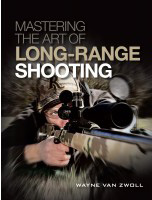
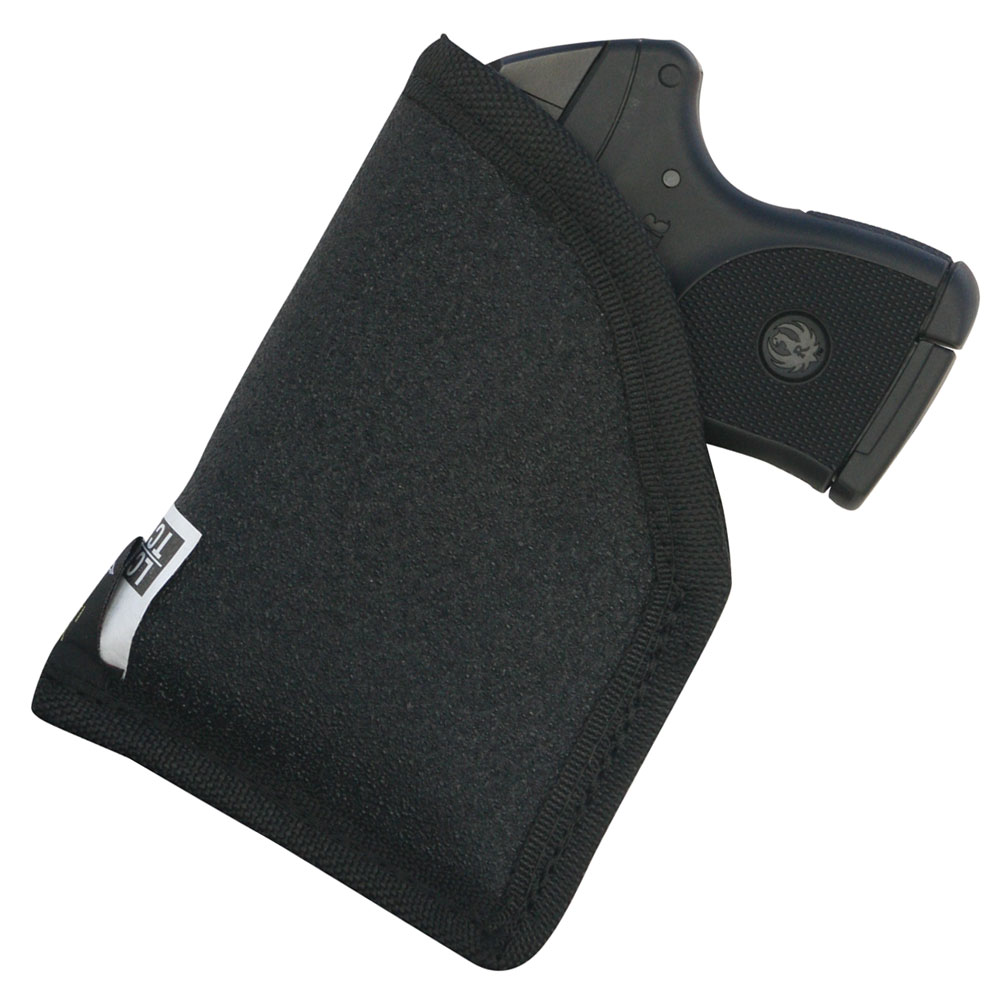

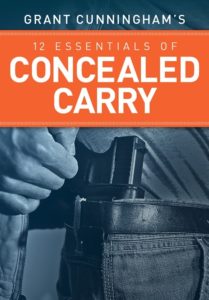
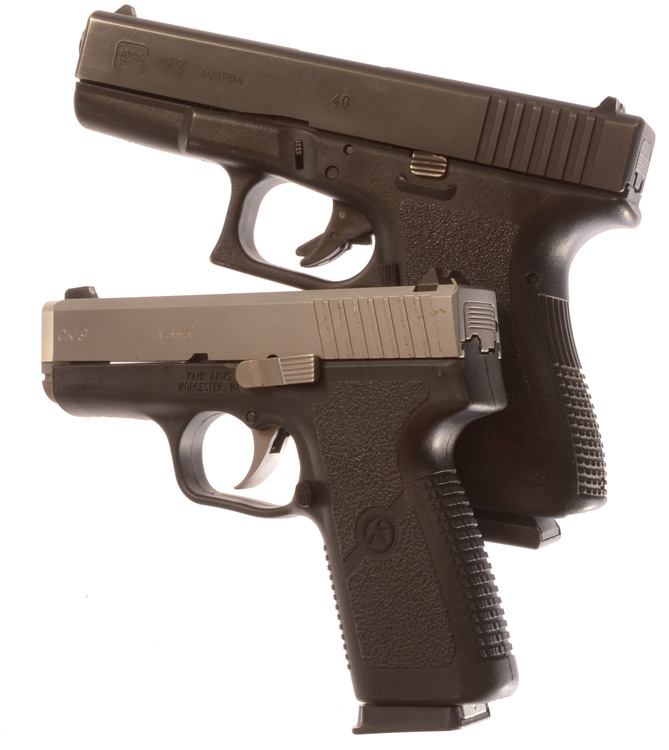




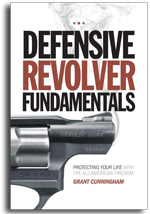




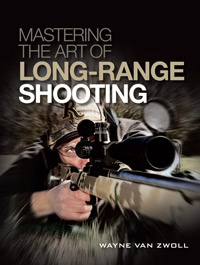


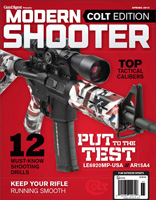




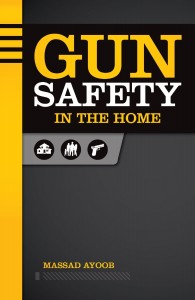
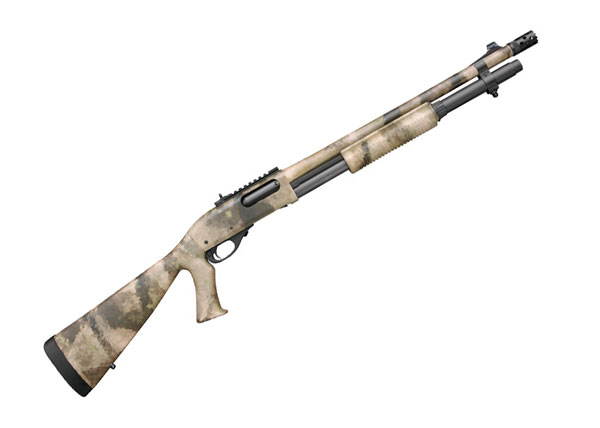

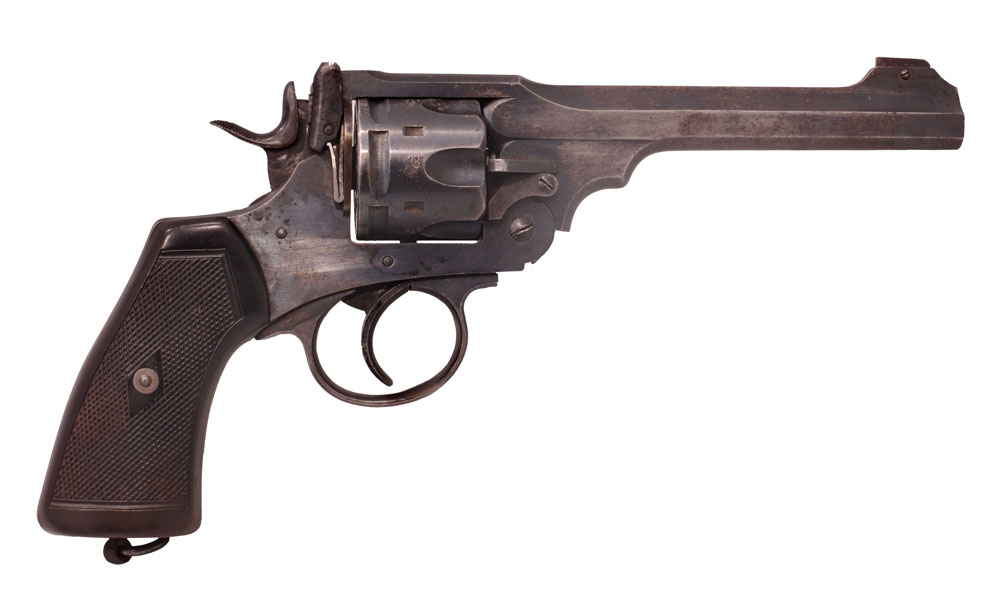
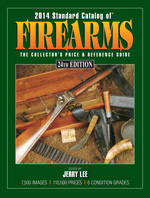
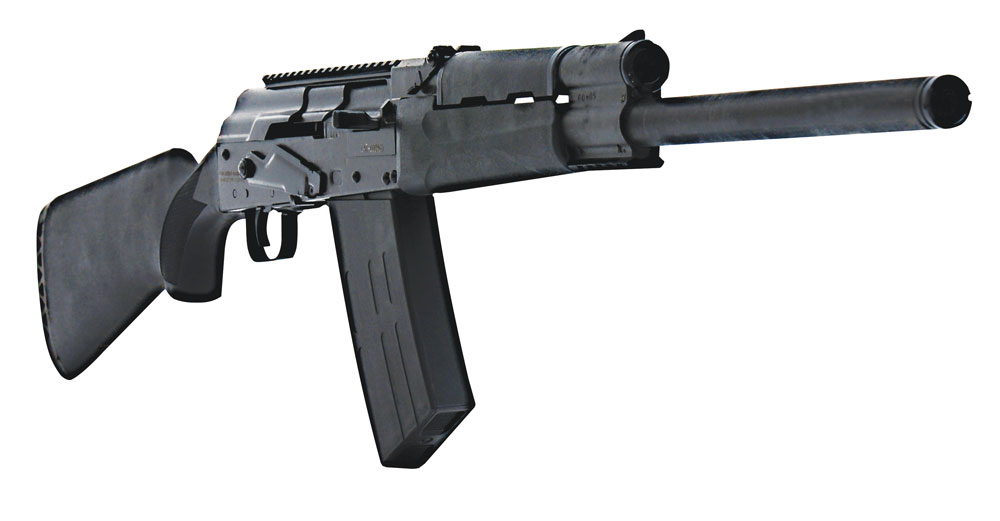


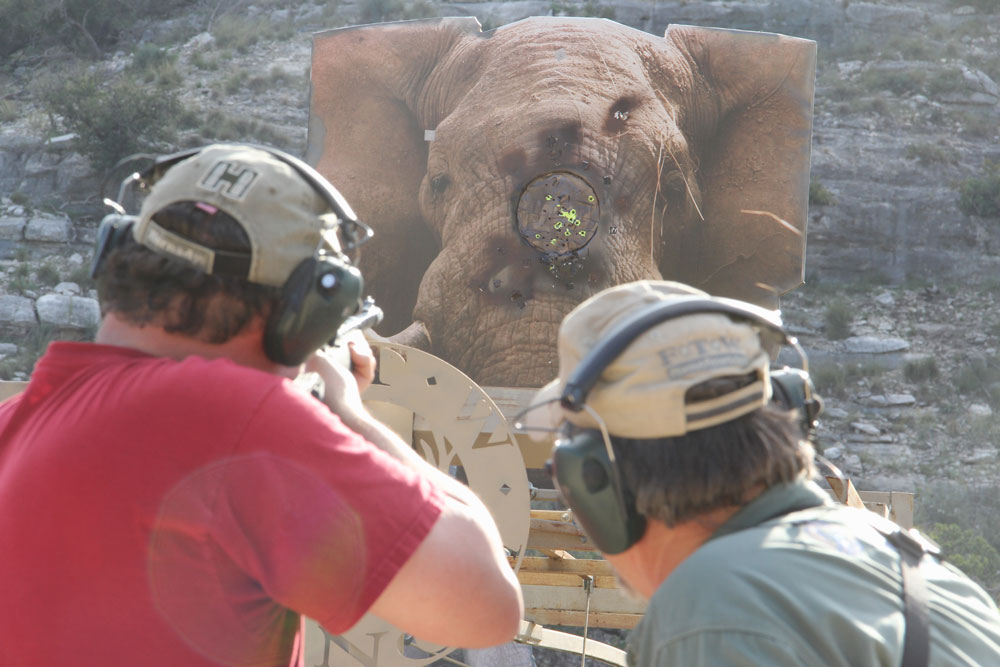
![Best Concealed Carry Guns In 2025 [Field Tested] Wilson Combat EDC X9S 1](https://gundigest.com/wp-content/uploads/Wilson-Combat-EDC-X9S-1-324x160.jpg)


![Best 9mm Carbine: Affordable PCCs [Tested] Ruger Carbine Shooting](https://gundigest.com/wp-content/uploads/Ruger-Carbine-Shooting-100x70.jpg)
![Best AR-15: Top Options Available Today [Field Tested] Harrington and Richardson PSA XM177E2 feature](https://gundigest.com/wp-content/uploads/Harrington-and-Richardson-PSA-XM177E2-feature-100x70.jpg)
